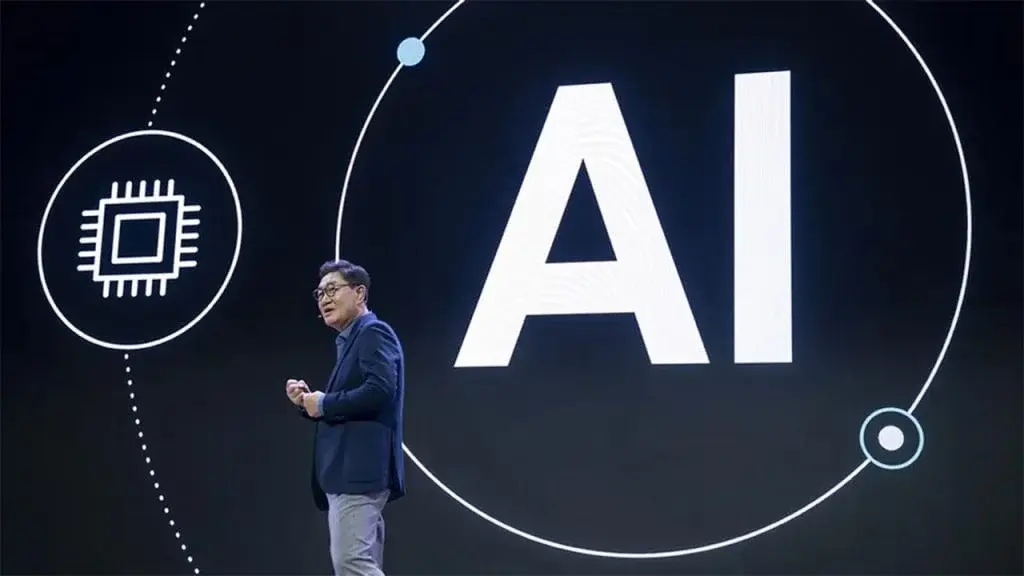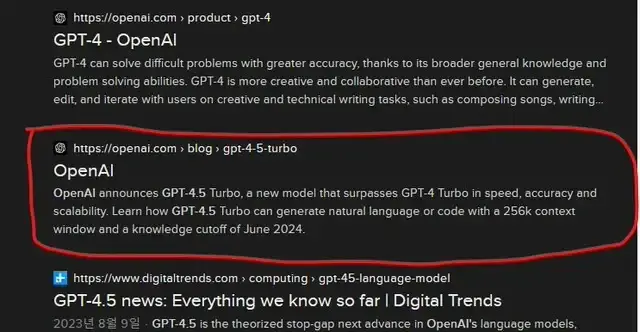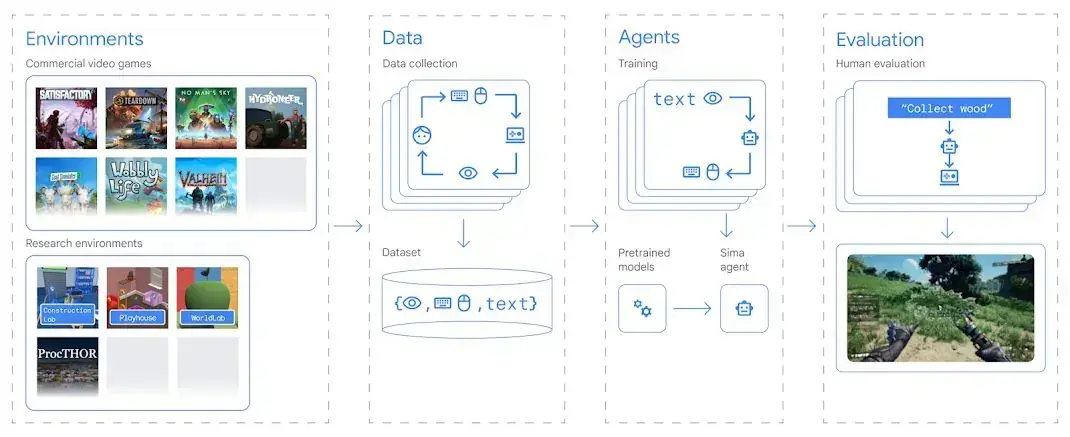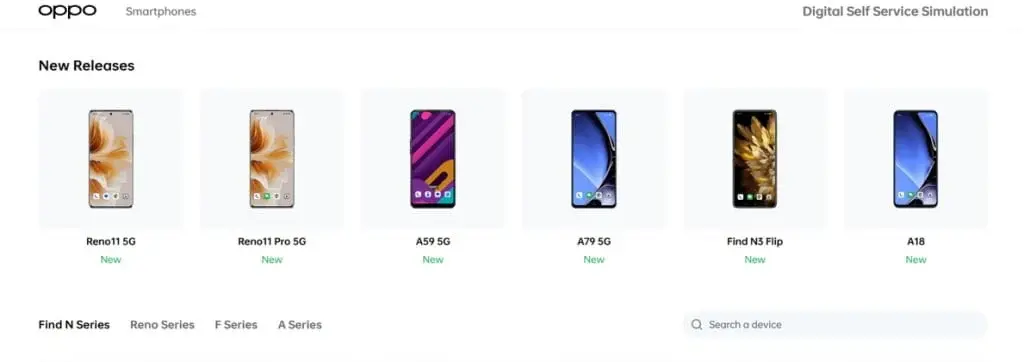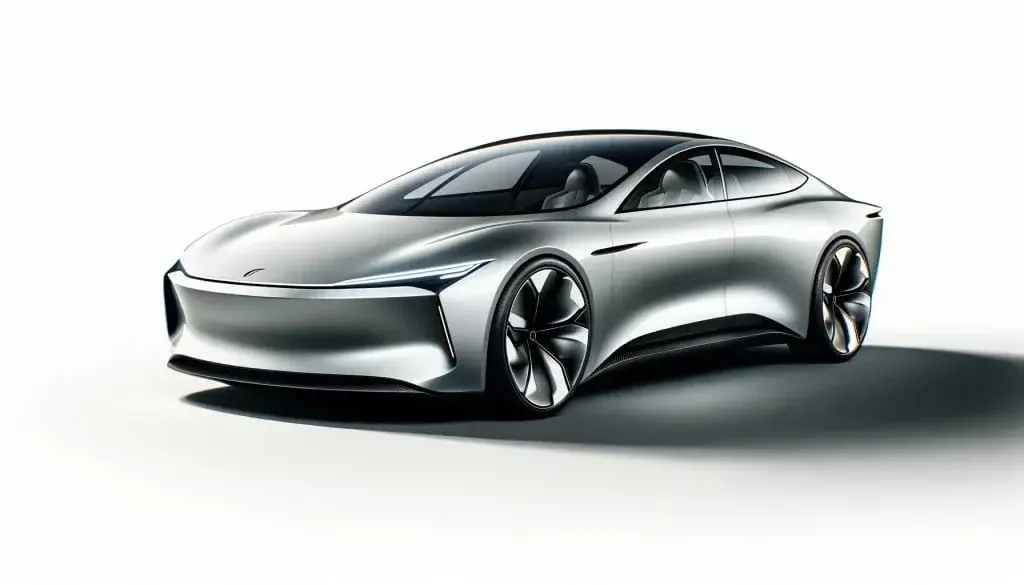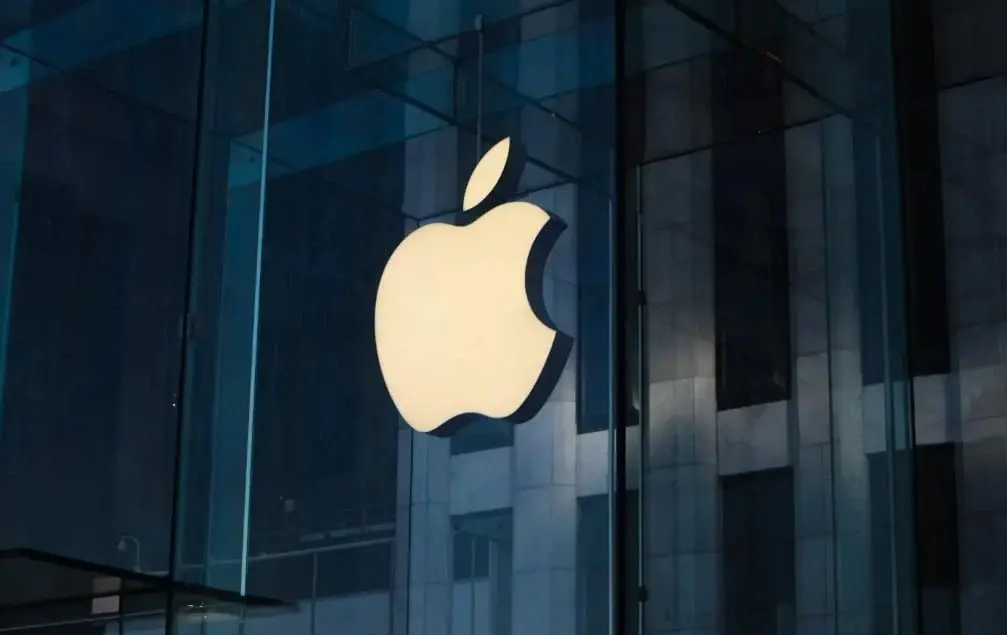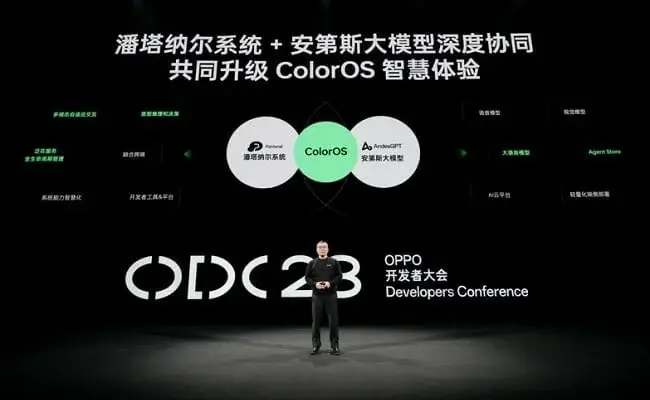Nvidia's Anticipated Showcase at GTC Conference
Nvidia is gearing up to headline the forthcoming GTC conference, marking the industry's return to in-person events post-pandemic. All eyes are on the tech giant as they gear up to reveal their latest innovations, with a pivotal question hanging over the heads of both customers and investors: can Nvidia maintain its dominance in the AI chip market?
The B100 Chip: Setting a New Price Benchmark
The upcoming B100 chip is anticipated to come with a price tag exceeding $20,000, surpassing that of its predecessor. Nvidia's recent surge has been nothing short of remarkable, propelling their market cap to $2 trillion and positioning them closely behind Apple for the number two spot. Analysts foresee a doubling of revenue by 2024, driven by the soaring demand for their top-tier AI chips.
Future-Proofing Success with the B100
The focus isn't solely on current achievements but also on fortifying future success. The GTC event is projected to unveil the B100, Nvidia's next-generation AI processor. This formidable chip is poised to serve as the core of their upcoming AI systems, raising the performance bar even higher.
Challenges and Opportunities on the Horizon
Already facing a demand that outstrips supply, Nvidia's current chips entail prolonged wait times for developers. The expected price hike for the B100 beyond the $20,000 mark raises concerns among analysts about Nvidia's stock valuation. While the company has experienced a significant uptick in recent years, some analysts worry that overly optimistic future earnings forecasts could potentially impact the company's standing.
Apart from hardware, Nvidia's software strategy presents another area of interest. Their CUDA platform entices developers with tools tailored for Nvidia chips, fostering developer allegiance. The forthcoming CUDA updates are poised to further solidify this loyalty. Nvidia's venture into cloud services is also a development to monitor closely. The geopolitical dimension, particularly concerning China, introduces an additional layer of complexity. US-imposed restrictions on access to Nvidia's cutting-edge chips have compelled China to develop its own AI hardware. While Chinese competitors offer chips on par with Nvidia's A100, they have yet to match the H100. Analysts anticipate that the B100 will widen this gap even further.
As the GTC conference approaches, it is evident that this event will be pivotal for Nvidia. Stay updated with the latest Nvidia insights on Gizmochina as the conference unfolds!



